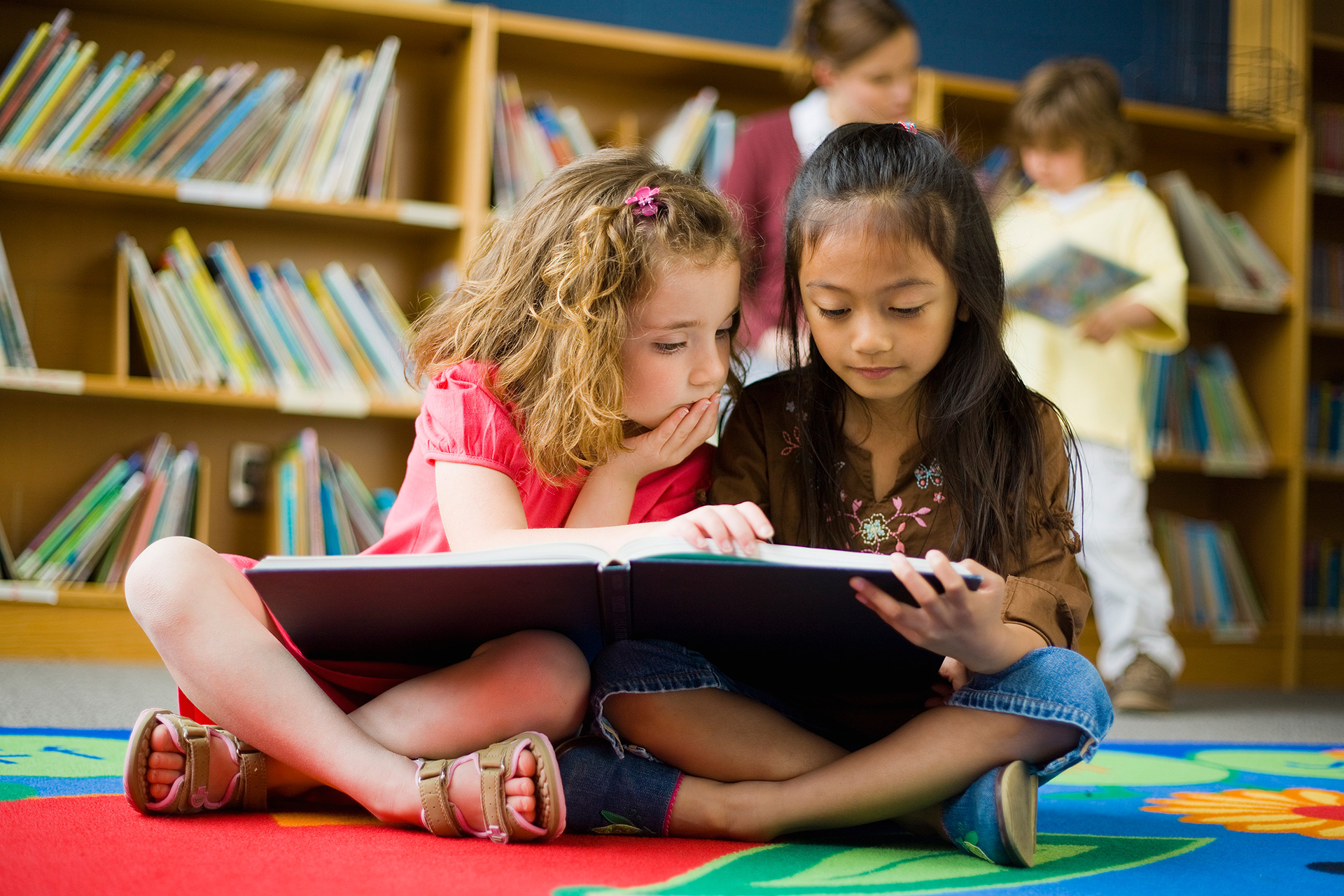
image via timeforkids.org
In Part 1 we looked at what Social Emotional Learning (SEL) is and why it’s important for kids. We talked about the five competencies of SEL and how each plays out in highly logical ways in classrooms – ways that are consistent with moral human behaviors like respect, kindness, patience, self-control, perseverance, responsibility, and so on. We also talked about how a majority of these behaviors have always been a part of classrooms because without them kids would be running around with a pig’s head on a stick.*
Today we’re going to look at whether SEL conveys any benefit for students both in the short and long term. For the purposes of our discussion, short term refers to while they are in school K-6 and long term to secondary school and after high school graduation.
Short-term Benefits of SEL
A very handy meta-analysis ** quantified the short term benefits for students produced by SEL. These were:
- 9% decrease in conduct problems, such as classroom misbehavior and aggression
- 10% decrease in emotional distress, such as anxiety and depression
- 9% improvement in attitudes about self, others, and school
- 23% improvement in social and emotional skills
- 9% improvement in school and classroom behavior
- 11% improvement in achievement test scores
These are significant numbers. Any one of these would be considered a success, but all of them together should make people sit up and notice because they touch literally every aspect of a student’s experience in school. What is striking here is how intertwined all these results are; so much so that it’s hard to separate any one thing as a purely stand-alone effect. Decreasing anxiety and depression improves attitudes about self, others, and school and likely impacts behavior and social skills. Improved social and emotional skills means kids are fitting in, having more healthy friendships and interactions at school, and feeling more connected which is going to impact attitudes toward self, others and school and also their behavior at school. Numbers 1 and 5 are particularly striking. Not only did bad behavior go down in classroom; good behavior went up. If you’ve ever been a teacher or a parent you know that that as a corollary these two aren’t always in lockstep; sometimes the flip side of bad behavior is just indifference or withdrawal. Here, there wasn’t just a reduction in the negative but also an improvement in the positive. Children who feel more secure and connected at school, more in control of themselves and their behavior, learn better so their performance on achievement tests goes up.*** I’d be remiss if I didn’t also point out that happier, more connected kids who are behaving better and learning better makes for happier classroom teachers who are more likely to stay at their jobs. That’s a win-win.

image via raisingchildren.net.au
Another meta-analysis found that “compared to control students (i.e. those who were not getting SEL), students participating in SEL programs showed significantly more positive outcomes with respect to enhanced SEL skills, attitudes, positive social behavior, and academic performance, and significantly lower levels of conduct problems and emotional distress.” This is important because these outcomes were causally linked to the SEL program– they’re not happening on their own.
Still another study found that students receiving SEL just in Kindergarten and 1st grade “were less likely to ever receive special education services by the end of fifth grade” and the effect was essentially driven by low-income students. Stop and let that sink in for a moment; because of the effects of SEL in Kindergarten and grade 1, low income kids who would otherwise have ended up in special education (SPED) by grade 5 never needed those services. That – in combination with other studies showing that strong SEL reduces the amount of time students spend in SPED – has huge implications for students and impacts budgeting, staffing, and overall achievement for districts.
And that’s just elementary school. In Part 3, we’ll turn our attention to the upper grade levels and beyond.
*gratuitous Lord of the Flies reference
**I think it’s important to note the value of a meta-analysis over a single study. A meta-analysis crunches data from a lot of studies to measure the validity of the effects found by any one study. This means that if a meta-analysis finds an effect, it’s more reliable as a causal factor. The number of meta-analyses of SEL studies is striking: I think it’s safe to say that SEL’s effects are not overstated.
***There’s actually research showing that when emotional regulation (self-management) goes up in children, their cognitive function – their ability to think — also increases. This is not a huge surprise for anyone familiar with basic brain research. When a child is stressed or melting down their cognitive ability shuts down; no learning can occur when the brain has been hijacked in this way.
